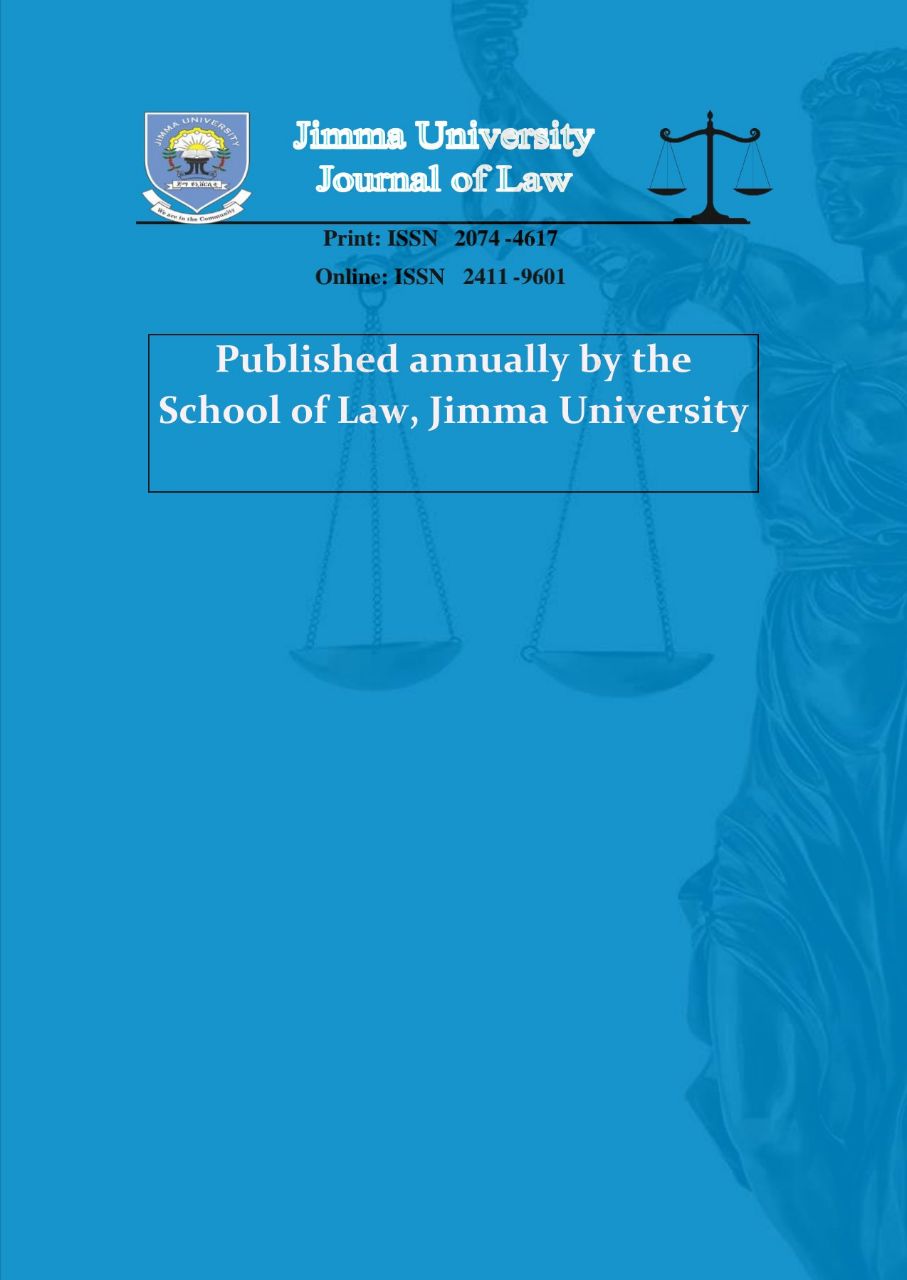Internally Displaced Persons in Africa: A Glimpse View of the Protections Accorded in the Kampala Convention
Abstract
Internal displacement is one of the most pressing problems throughout the world. There is an influx of displaced persons within the borders of their own countries as a result of armed conflict, internal strife, serious violations of human rights, natural disasters and the like. Uprooted from their homes, separated from family and community support networks, and shorn of their resource base, internally displaced persons suddenly find themselves stripped of their most basic means of security and survival. Compounding their plight, displacement exposes its victims to additional vulnerabilities and risks. Despite these, internally displaced persons did not receive proper attention at the international level. However, the same cannot be said at the regional level, specifically for Africa. Africa has been at the forefront in developing binding legal instruments on internal displacement, the 2009 Kampala Convention. This article thus considers whether the move of African States with regard to internally displaced persons is sufficient to bring the intended result. It tries to examine the legal protections granted for internally displaced persons in the Kampala Convention. It argues that though the convention provides legal protection to internally displaced persons, the limitations in the formulation of the rights and the enforcement mechanism chosen has weakened its protection.




